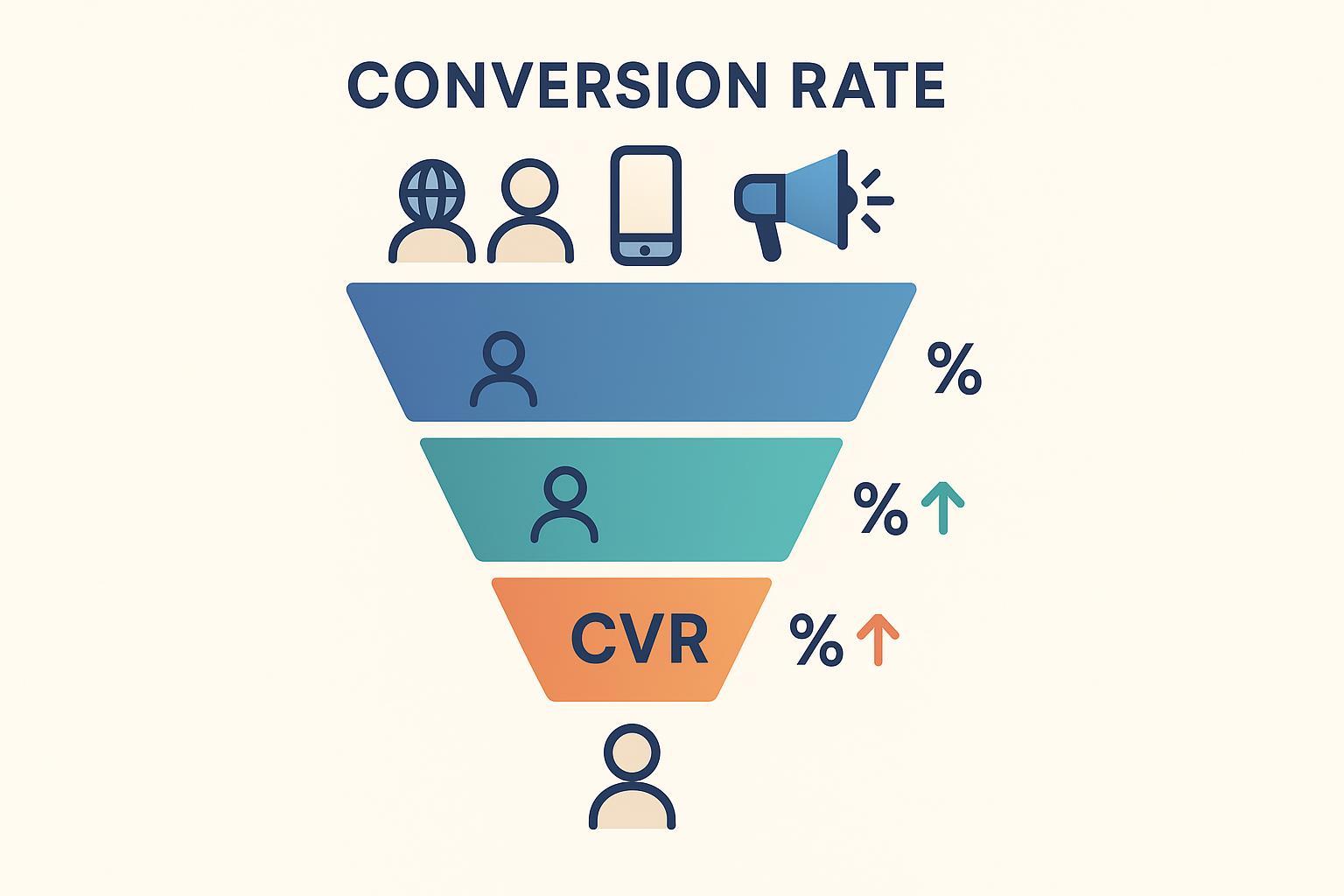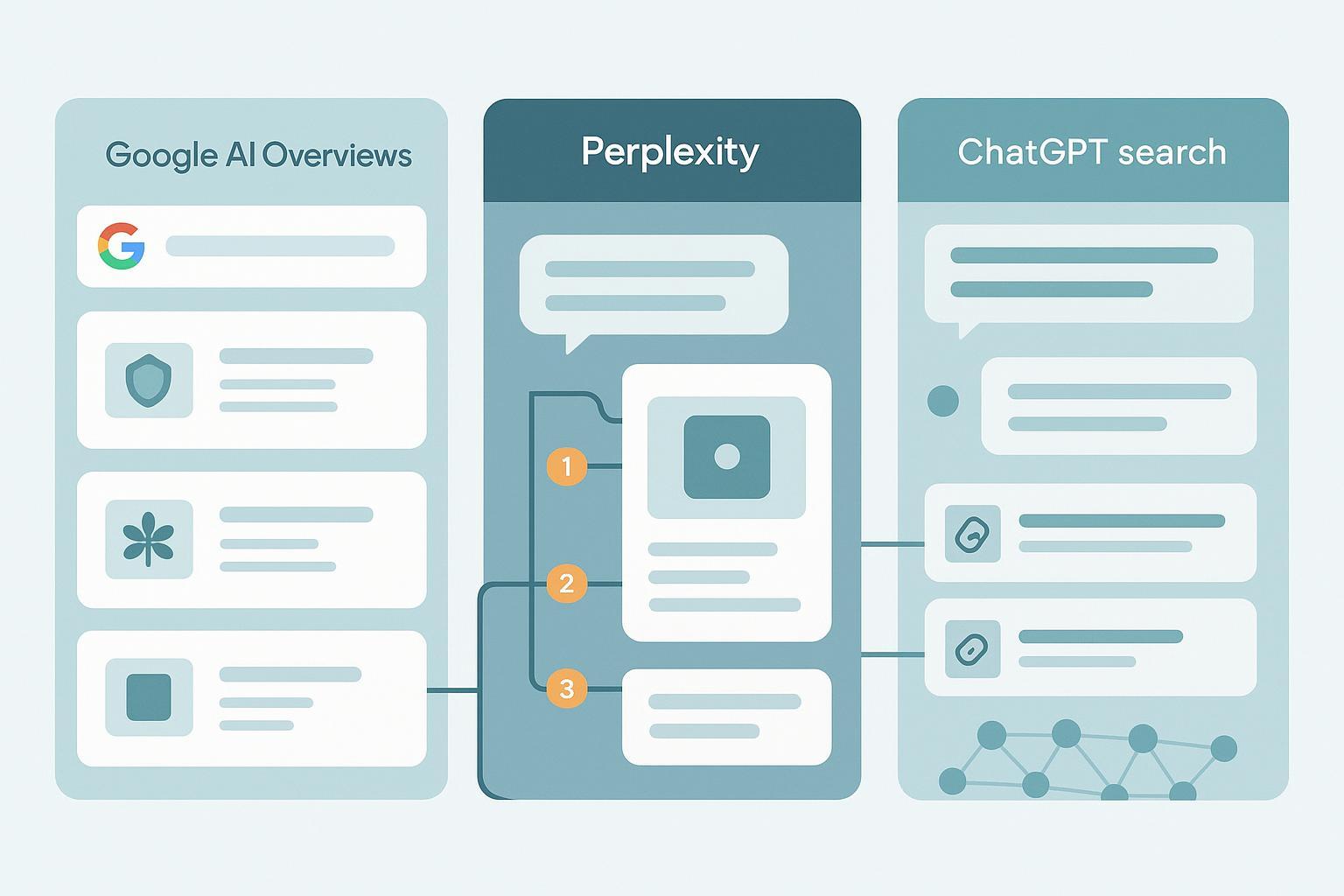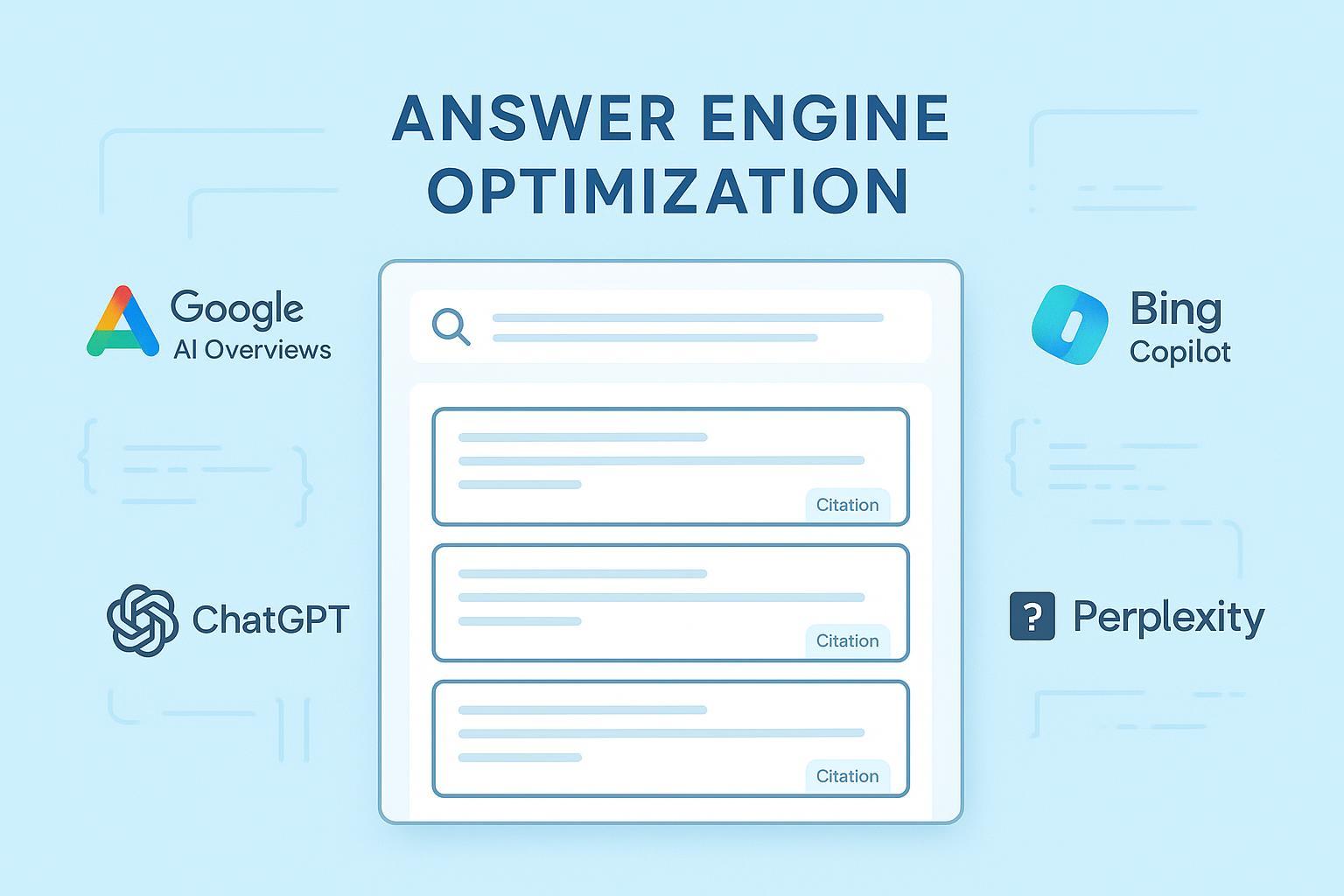What is Conversion Rate (CVR)? Definition & Digital Marketing Guide
Learn the meaning of Conversion Rate (CVR), its calculation, role in digital marketing, and difference from CTR, CPA, ROI. Your go-to CVR definition guide.


One-Sentence Definition
Conversion Rate (CVR) is the percentage of users who complete a desired action—such as making a purchase or signing up—out of the total number of visitors, providing a key measure of digital marketing effectiveness (source).
Detailed Explanation
In digital marketing, CVR quantifies how efficiently websites, apps, or campaigns turn prospects into actual customers or leads. A “conversion” can be almost any tracked action that aligns with a business goal, including purchases, registrations, downloads, or other user interactions. Each type of conversion is context-specific, and a single campaign can have multiple conversion rates if tracking several goals.
The standard formula is:
Conversion Rate (CVR) = (Number of Conversions / Total Visitors or Sessions) × 100
For example, if 1,000 users visit a landing page and 50 of them fill out a signup form, the CVR is (50/1000) × 100 = 5%.
Segmentation—such as by device (mobile vs desktop), channel (social, search, email), or campaign—is essential for actionable insight. Advanced marketing platforms leverage AI to dynamically recalculate and optimize CVR by testing personalized content and adapting in real time.
Key Components of CVR
- Conversion Event: The specific action you want users to take (e.g., purchase, lead submission).
- Audience Base: The population measured—can be site visitors, app users, or campaign impressions.
- Measurement Period & Attribution: Define the time frame and how credit is assigned to touchpoints, especially in multichannel paths.
- Segmentation: Breaks CVR down by device, traffic source, audience type, etc.
Real-World & AI-Driven Applications
- E-Commerce: Purchase completions per session.
- SaaS/Digital Services: Trial registrations or paid upgrades from campaigns.
- Mobile Apps: App installs or in-app purchases from ad clicks.
- AI-Powered Contexts: Platforms like Unbounce’s Smart Traffic, Shopify Audiences, and Netflix personalization use machine learning to boost CVR by dynamically segmenting audiences and testing offers or content (source). Businesses see performance lifts of 15–30% via AI-driven optimizations.
Common Pitfalls & Calculation Tips
- Always align your denominator and numerator (e.g., the same period, same user base).
- Don’t confuse CVR with related funnel metrics like Click-Through Rate (CTR)—CVR measures post-click actions.
- Segment by device, campaign, and channel for actionable analysis.
Related Concepts
Click-Through Rate (CTR): Percentage of users clicking on an ad or link out of total impressions. It’s often a precursor metric to CVR, which measures conversions after the click (Outbrain Glossary).
Cost Per Acquisition (CPA): The average cost to acquire one conversion; high CVR tends to lower CPA.
Return on Investment (ROI): The revenue generated in relation to marketing spend—a high CVR positively impacts ROI.
Engagement Rate: Tracks user interactions (likes, comments) but doesn’t necessarily measure conversions.
Completion Rate: Measures the percentage of users who finish a specific process, which is not always a true conversion.
Table: Metric Comparison
| Metric | What It Measures | Formula Example |
|---|---|---|
| Conversion Rate (CVR) | Users who take a desired action | (Conversions / Total Visitors) × 100 |
| Click-Through Rate (CTR) | Users who click from impressions | (Clicks / Impressions) × 100 |
| Cost Per Acquisition (CPA) | Average cost per conversion | (Total Spend / Conversions) |
| ROI | Revenue vs total spend | ((Revenue – Cost)/Cost) × 100 |
| Engagement Rate | Interactions vs potential audience | (Engagements / Users) × 100 |
| Completion Rate | Funnel or task completion | (Completions / Entries) × 100 |
Closing Thoughts
Conversion Rate remains a core metric for digital marketing and AI-powered brand optimization. It provides a crucial benchmark for campaign effectiveness, helps identify funnel bottlenecks, and—when understood alongside CTR, CPA, and ROI—drives informed decisions for continuous growth. For further insights, explore benchmarks and best practices from sources like Amazon Advertising, AppsFlyer, and Outbrain.





